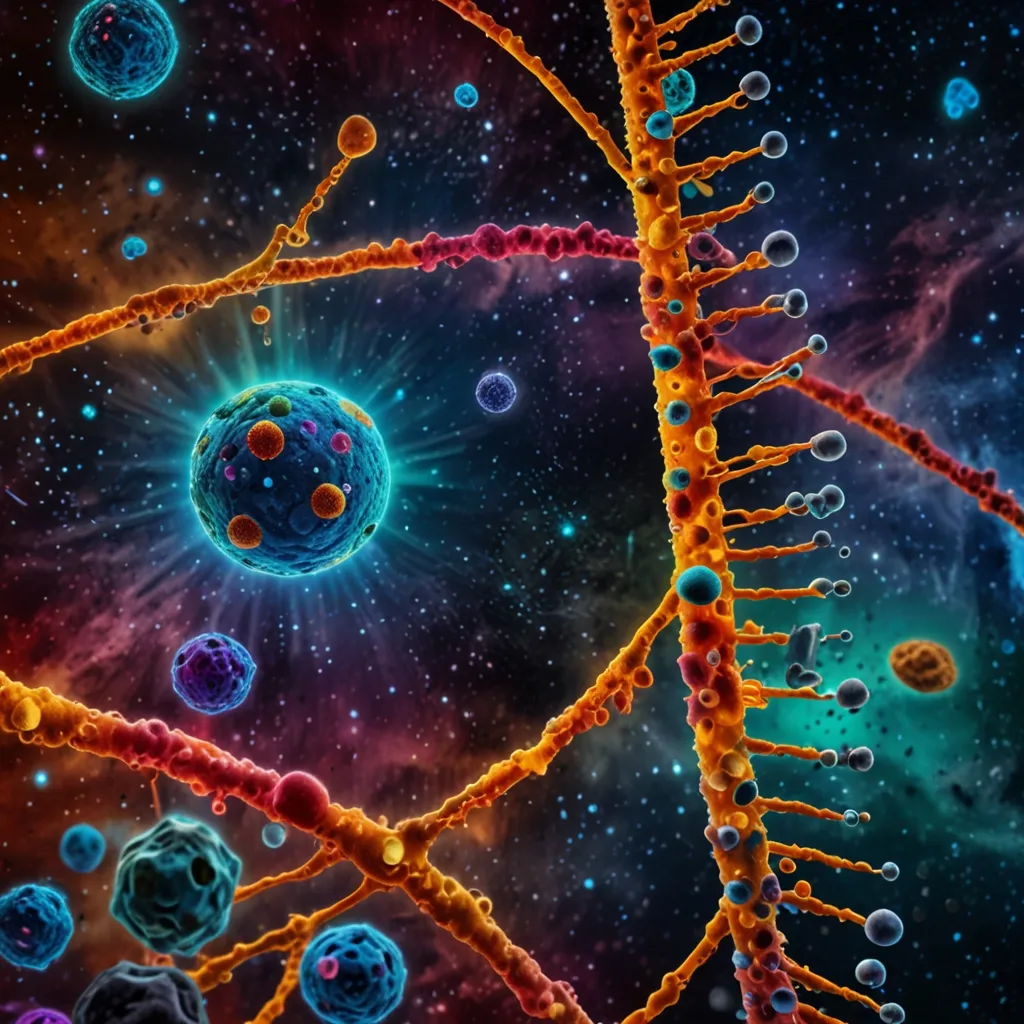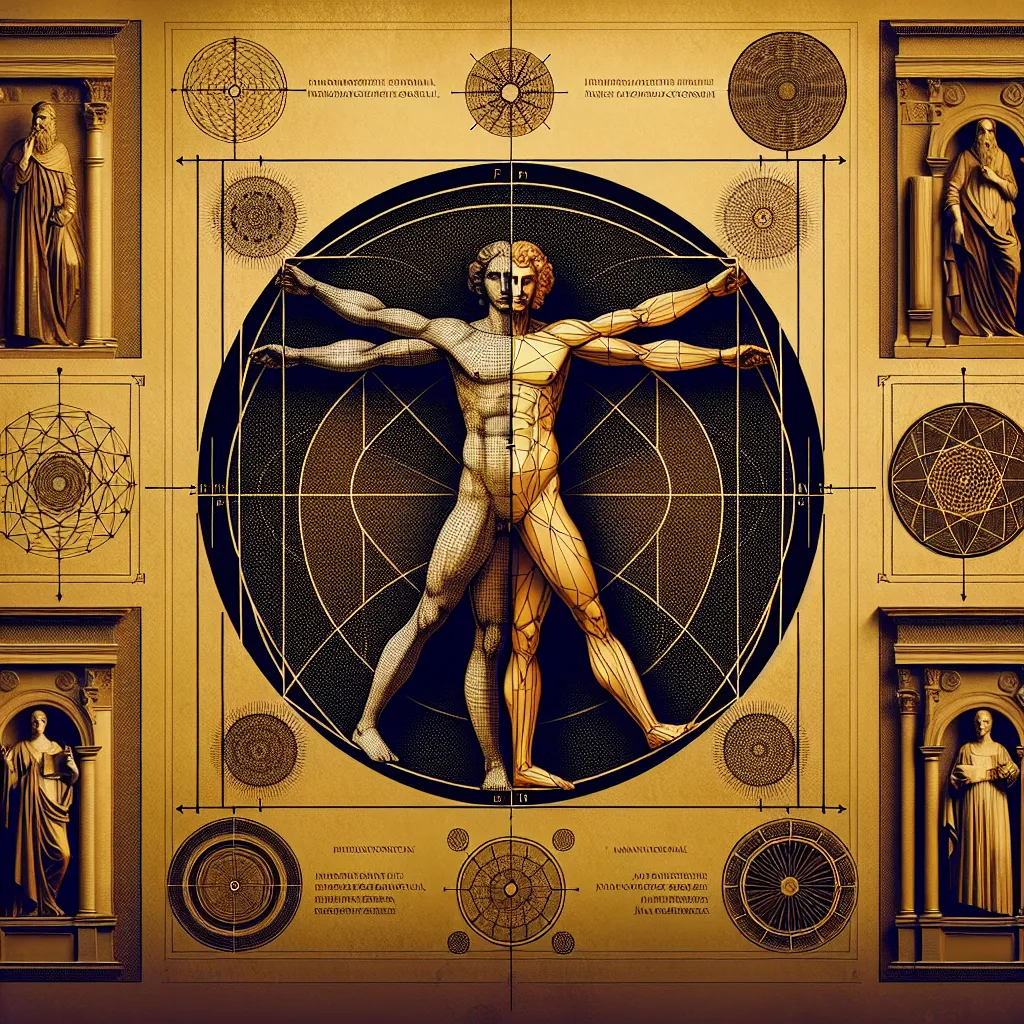Here’s a fresh article based on the key thoughts and lessons from the content, rewritten in a casual, SEO-friendly style with a personal touch:
The Secret Life of Cells: From Microscopes to DNA
Ever wonder how we discovered the building blocks of life? It’s a wild ride through history, full of curious scientists, accidental breakthroughs, and mind-blowing revelations. Let’s dive into the fascinating world of cells and DNA!
Picture this: Berlin, early 1800s. The city’s buzzing with brilliant biologists, all trying to figure out what makes living things tick. Enter Theodore Schwan, a young ambitious scientist with a knack for thinking outside the box. While everyone else was stuck in their ways, Schwan had a hunch that there was more to animal tissue than met the eye.
Now, back then, studying plants was all the rage. Scientists could easily spot plant cells, but animal cells? Not so much. It was like trying to find a needle in a haystack. But Schwan wasn’t about to give up. He got creative with his staining techniques and used a fancy new microscope to take a closer look.
And boy, did he find something interesting! No matter what animal tissue he looked at, he kept seeing the same globular structures. Little did he know, he was staring at cells – the fundamental units of life that we now know are common to all living things.
But let’s rewind a bit. Before Schwan’s breakthrough, there was another unsung hero of cell biology: Antonie van Leeuwenhoek. This Dutch craftsman created the world’s most powerful microscope in the 17th century. It was basically just a tiny piece of brass with a single lens, but it could magnify objects up to 500 times!
Van Leeuwenhoek’s curiosity knew no bounds. He pointed his microscope at everything from fleas to lake water. And guess what he found in that water? Tiny moving creatures that no one had ever seen before. Talk about a game-changer!
Fast forward to the 19th century, and we meet Friedrich Miescher, a Swiss scientist working in a castle in Tübingen, Germany. Miescher was fascinated by white blood cells and wanted to study their nuclei. But how do you isolate something so tiny?
Well, Miescher got creative. He collected pus-soaked bandages from injured soldiers (gross, I know) and mixed them with an enzyme from pig stomachs. This bizarre concoction allowed him to break down the cells and isolate the nuclei.
After months of analysis, Miescher discovered a strange new molecule inside the nuclei. He called it “nuclein,” but we know it today as DNA. Little did he know, he had just stumbled upon the blueprint of life itself!
Now, let’s jump to the 20th century. Scientists were racing to uncover the structure of DNA. At King’s College in London, a brilliant young scientist named Rosalind Franklin was using X-ray crystallography to study DNA. Her groundbreaking work, especially the famous “Photo 51,” provided crucial clues about DNA’s structure.
But it was James Watson and Francis Crick at Cambridge University who put all the pieces together. In 1953, they burst into a local pub and announced they had “discovered the secret of life.” They had figured out that DNA was a double helix – two intertwined strands with four basic building blocks (A, T, C, and G) pairing up in a specific way.
This discovery was mind-blowing. It explained how genetic information is stored and passed down from one generation to the next. It’s like a biological instruction manual for building and maintaining life.
But where did DNA come from in the first place? That’s where things get really interesting. Charles Darwin, the father of evolution, had some thoughts on this. In his groundbreaking book “On the Origin of Species,” he hinted at the idea that all life on Earth descended from a single common ancestor.
Darwin didn’t know about DNA, but he was onto something big. When you combine his theory of evolution with cell theory (the idea that all living things are made of cells), you get a pretty amazing conclusion: all life on Earth began with a single cell.
So how did that first cell come to be? Darwin himself struggled with this question. In a private letter to a friend, he suggested that life might have started in a “warm little pond” with the right mix of chemicals and energy. No divine intervention needed – just good old chemistry.
Modern scientists are still exploring this idea. Some are even looking to the stars for answers. At Imperial College in London, researchers are studying meteorites older than Earth itself. These space rocks contain organic molecules that could have played a role in the origin of life on our planet.
In fact, scientists have found components of our genetic code in meteorites that are 4.6 billion years old. That’s right – the building blocks of DNA existed before Earth was even formed. Mind-blowing, right?
So there you have it – the incredible journey from microscopes to DNA. It’s a story of human curiosity, perseverance, and ingenuity. From van Leeuwenhoek peering at pond water to scientists analyzing ancient meteorites, we’ve come a long way in understanding the secret life of cells.
But the adventure isn’t over yet. There’s still so much to learn about the origins of life and the intricate workings of our cells. Who knows what amazing discoveries are waiting just around the corner? One thing’s for sure – the world of biology will never cease to amaze and inspire us.
So next time you look in the mirror, remember that you’re made up of trillions of cells, each containing the same DNA that’s been passed down through countless generations. You’re a living, breathing testament to billions of years of evolution and cosmic chemistry. Pretty cool, huh?






